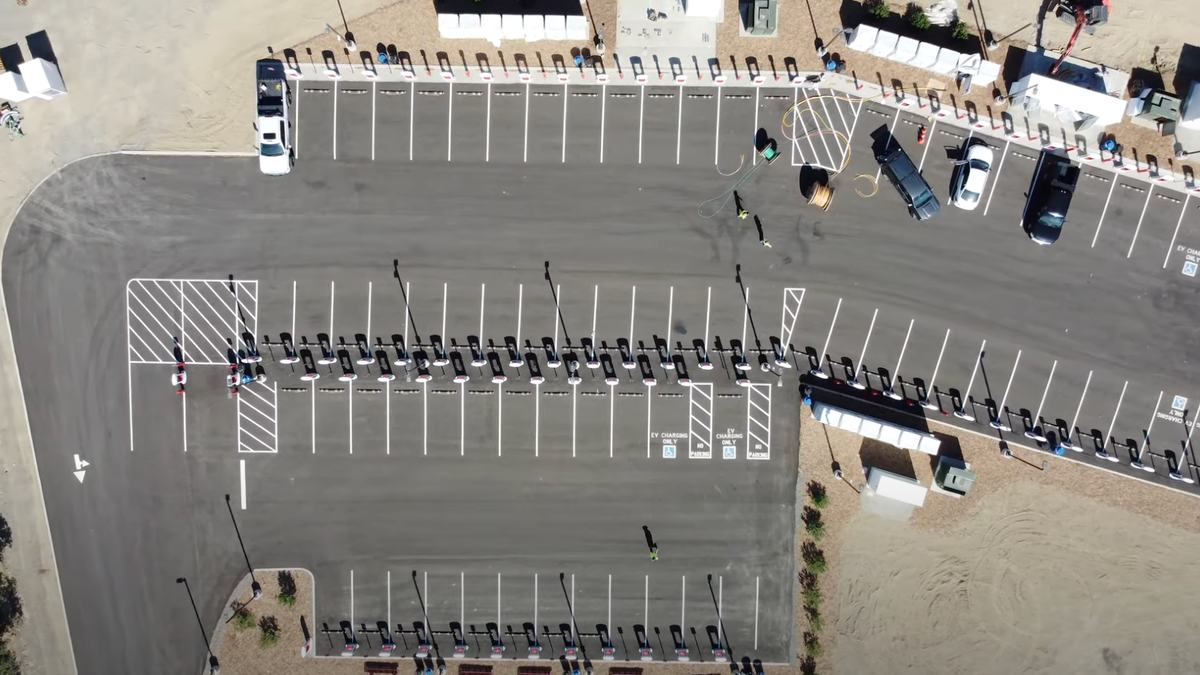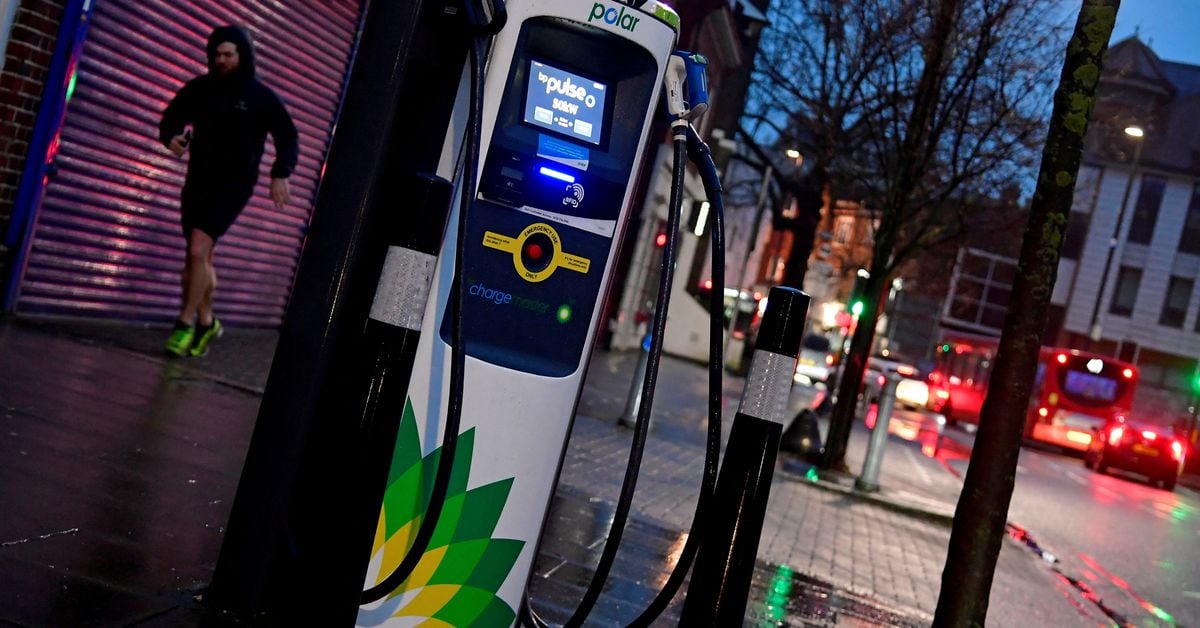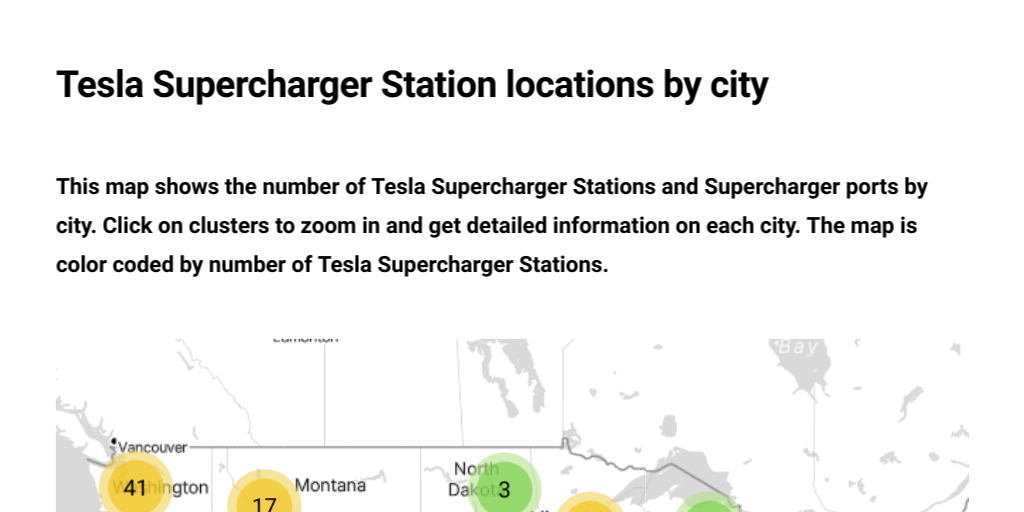Oops!

 jalopnik.com
jalopnik.com
At least they could run it on Biodiesel or the new "renewable diesel"

Tesla's Mega 98-Supercharger Location Runs In Part On A Diesel Generator: Report
Lauded as the largest bank of EV chargers in the world, the Harris Ranch Tesla Supercharger has a dirty secret
 jalopnik.com
jalopnik.com
At least they could run it on Biodiesel or the new "renewable diesel"




